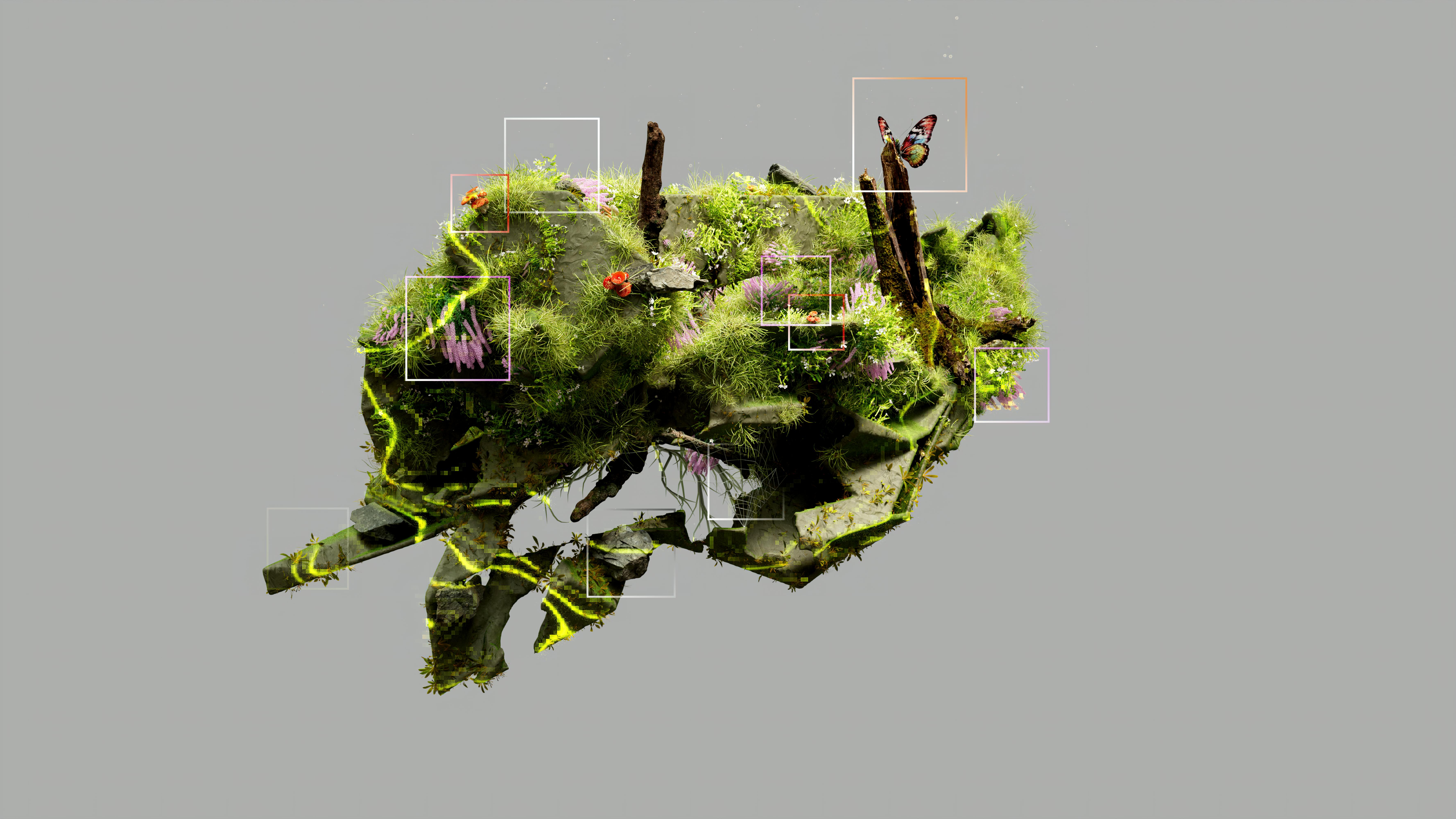Selecting Native Species to Support Local Wildlife and Ecosystems
Selecting native species for gardens and small landscapes helps restore ecological balance while reducing maintenance needs. Native plants are adapted to regional climate and soils, support pollinators and wildlife, and often require less irrigation and chemical input. Thoughtful site assessment and planting choices can make yards and balconies meaningful habitat patches.

Selecting native species is a practical approach to supporting local wildlife and strengthening ecosystem functions in yards, community spaces, and balconies. Native plants are adapted to local temperature ranges, seasonal rainfall patterns, and soil characteristics, so they often need less supplemental irrigation and fewer chemical inputs once established. Beyond maintenance benefits, native species provide food, nesting sites, and shelter for pollinators, birds, and small mammals. A successful native planting plan begins with observing a site’s light, moisture, and soil conditions, and then choosing a mix of trees, shrubs, grasses, and perennials that offer year-round resources for wildlife.
Native species in landscaping
Integrating native species into landscaping shifts the focus from purely aesthetic design to ecological function. Use a variety of plant forms and bloom times to provide nectar, pollen, seeds, and structural habitat across seasons. Group plants with similar water and light needs into planting zones to reduce competition and simplify maintenance. Native grasses and groundcovers can reduce the extent of high-maintenance lawn areas, while native shrubs and trees create layers of habitat that support different species. Choosing locally appropriate cultivars or straight species helps maintain genetic fit with local pollinators and soil microbes.
How do irrigation and rainwater fit?
Irrigation strategy matters when establishing native plantings. Many native species require supplemental watering during the first one to two growing seasons; after that, most need less water than many exotic ornamentals. Drip irrigation and soaker hoses deliver water directly to the root zone and reduce evaporation, while timed deep watering encourages deeper roots. Collecting rainwater in barrels or designing simple swales can provide supplemental water during dry spells and reduce stormwater runoff. Designing irrigation zones based on plant needs — not uniform schedules — conserves water and supports longer-term plant resilience.
Mulching, composting and soil care
Mulching conserves moisture, suppresses weeds, and moderates soil temperature around native plantings. Organic mulches slowly improve soil structure as they decompose, supporting beneficial soil organisms. Composting yard trimmings creates a nutrient-rich amendment that can be used sparingly when planting to help young roots establish. Avoid over-enriching soils in habitats intended for species that thrive in poorer conditions; many native plants are adapted to specific nutrient levels. Regularly monitoring soil texture and drainage and adding compost to improve porosity when needed supports healthy root growth.
Vertical planting and balcony plants choices
Even compact spaces can support native biodiversity through vertical planting and balcony plants. Vines, compact shrubs, and pollinator-friendly flowers in containers provide nectar and shelter for insects and small birds. Choose species suited to containers and local climate to limit frequent repotting and excessive irrigation. Position containers to match sun and wind exposure, and include plants with staggered bloom periods to supply resources throughout the growing season. Connecting balcony plantings with nearby green spaces or street trees creates stepping stones for urban wildlife.
Pest control and wildlife-friendly hardscaping
Integrated pest control reduces reliance on broad-spectrum pesticides that harm beneficial insects and predators. Encourage natural predators, monitor pest levels, and accept low levels of herbivory that rarely threaten overall plant health. Hardscaping should complement habitat by using permeable materials, creating microhabitats with rock piles or logs, and maintaining connectivity between planted areas. Replace large uninterrupted lawns with native groundcovers and garden beds to reduce mowing and provide continuous foraging areas. Thoughtful placement of paths and seating preserves habitat while allowing human use.
Lighting that supports nocturnal ecosystems
Outdoor lighting design affects nocturnal wildlife such as moths, bats, and migrating birds. Use shielded, warm-spectrum fixtures aimed downward, and include timers or motion sensors to limit duration. Avoid lighting directly over dense planting or wetland features so nocturnal pollinators and insectivores can forage without disruption. Prioritize task- and safety-focused lighting rather than broad ambient illumination to reduce ecological impacts while maintaining usable outdoor space.
Conclusion Selecting native species and pairing them with sensible irrigation, mulching, composting, and soil care creates resilient landscapes that support local wildlife and reduce maintenance. Urban strategies such as vertical planting and balcony plants expand habitat opportunities, while wildlife-friendly pest control, hardscaping, and lighting protect ecological processes. By observing site conditions and choosing a diverse mix of native plants, yards and small green spaces can contribute meaningfully to local biodiversity without excessive inputs.





